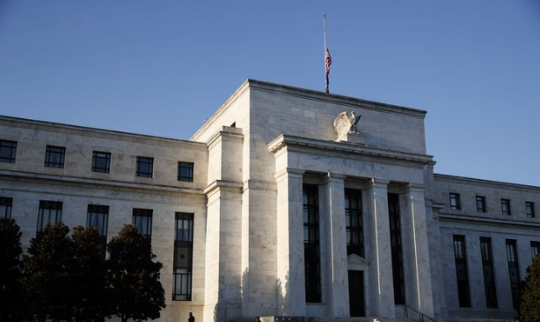Policymakers agreed last month that it would be appropriate to maintain a restrictive stance “for some time” while acknowledging that they were likely at the maximum level and would begin to reduce them in 2024, according to the minutes of the last FOMC meeting. The market noted that rates would decline in 2024 but preferred to overlook “for some time and restrictive policy.” If the Fed follows through on what it says, investors may need to revise their predictions, creating market volatility.
Indeed, the committee expressed its willingness to reduce the benchmark interest rate in 2024, adding that it would do so if the downward trend in inflation continued. However, as investors still expect, it did not indicate that easing could begin as early as March.
During the meeting, central bankers unanimously voted to keep the benchmark rate at 5.25% to 5.5% for the third consecutive time. While the FOMC statement left the door open for further increases, the Fed’s projections signalled the end of a generation’s most aggressive tightening cycle. Quarterly projections foresee three interest rate cuts in 2024, totalling 75 basis points of reduction.
However, the report also highlighted that the committee remains divided on the extent of the cut. Individual expectations among officials for the rate at the end of 2024 varied significantly. The dot plot showed that 8 officials saw two cuts of a quarter point or less, while 11 expected three or more.
A modification to the Fed’s post-meeting statement also underscored the change in tone, with officials stating that they would monitor a series of data and developments to see if “additional” monetary policy tightening was appropriate. This is far from the 135 basis points of reduction anticipated by investors in 2024.
During the press conference, Powell stated that it was premature to declare victory, even though he acknowledged that the question of when to “reverse” the policy restraint had been discussed.
Authorities slowed down the pace of rate hikes last year after a series of rapid increases in 2022. Inflation has significantly moderated, at 3.2% annually, as measured by the Fed’s preferred gauge, excluding food and energy. The Fed’s preferred core inflation gauge only increased by 1.9% in November on a six-month annualized basis, marking the first time in over three years that the measure fell below the Fed’s 2% target.
The labour market remains robust. The employment report released last week still showed solid inflationary risks. US job growth accelerated in December, and wage increases exceeded expectations, reducing the prospects for an imminent Fed interest rate cut.
Persistent wage increases or unexpectedly strong economic growth could slow down or threaten the central bank’s progress towards its inflation target.
We are still far from an interest rate cut in March, as anticipated by the market. Unless there is a rapid deterioration in the economic situation or an external shock, investors could spend the year waiting for a rate cut, which is possible but still uncertain, just as they did in 2023.
